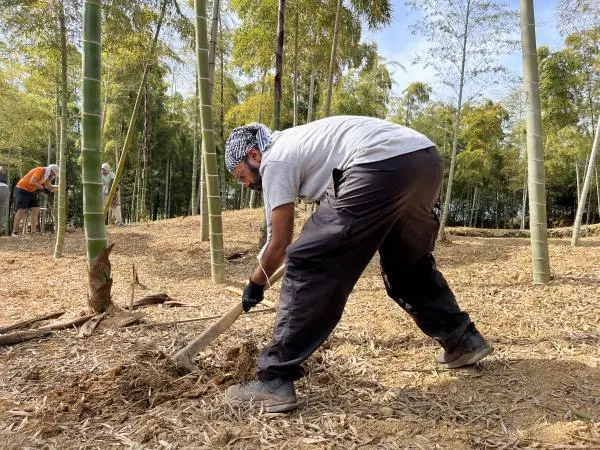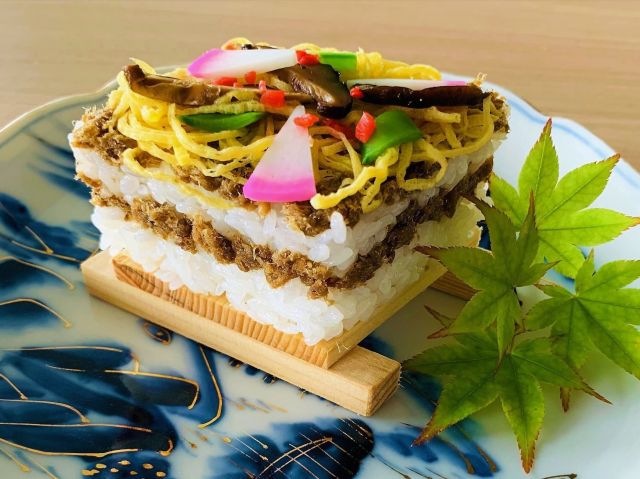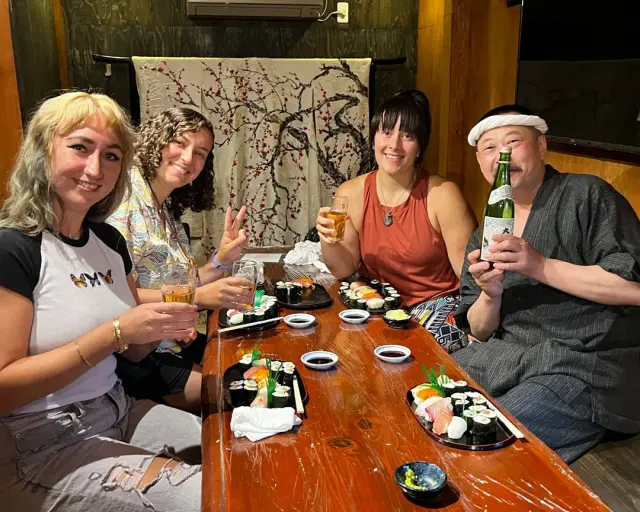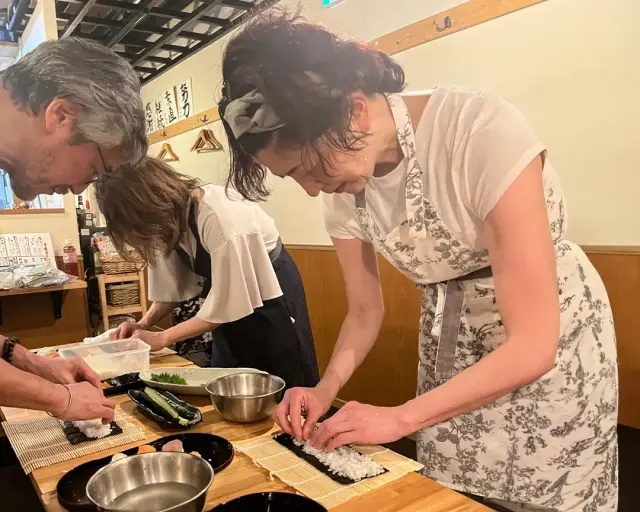 Search for Flights
Search for Flights
 Search for Hotels
Search for Hotels
 Check Exchange Rates
Check Exchange Rates
 Check the Weather
Check the Weather

Tango Crepe(Tango chirimen) Factory Tour
Last update
In Tango (Japan’s largest silk production area), the outer fabric of the traditional Kimono garment is manufactured. We welcome a wide range of visitors, including tourists, textile professionals, apparel professionals, and the general public. You can take a close-up tour of about 60 weaving machines that are actually in operation. We hope that more and more people will learn about Tango Chirimen and come to understand the kimono culture that Japan is proud of. Please feel free to visit.
Photos

This is the site where kimono fabrics are actually woven. It is a vibrant site with about 60 weaving machines lined up.

The process of preparing the warp threads needed to manufacture textiles is called “seikei.” The warp threads are laid out on sand and then wound onto large bobbins.

Weaving fabric The shuttle, called the “hi,” flies back and forth from left to right, weaving the textile.

Weaving fabric The shuttle, called the “hi,” flies back and forth from left to right, weaving the textile.

The process of preparing the weft threads is called “nenshi.” By twisting the weft threads while moistening them with water, the unique unevenness of Tango Chirimen, called “shibo,” is created.

Fabric that was actually woven. In addition to kimono fabric (38 cm), Tayuh Textile Industry also handles fabrics that are more than 100 cm wide as textiles, promoting Tango Chirimen to both Japanese and international markets.

Fabric that was actually woven. In addition to kimono fabric (38 cm), Tayuh Textile Industry also handles fabrics that are more than 100 cm wide as textiles, promoting Tango Chirimen to both Japanese and international markets.

Fabric that was actually woven. In addition to kimono fabric (38 cm), Tayuh Textile Industry also handles fabrics that are more than 100 cm wide as textiles, promoting Tango Chirimen to both Japanese and international markets.
Information
- Minimum Number of Passengers
- 1 participant
- Maximum Capacity
- 30 participants
- Participation Restrictions
- Not available
- Meeting and Exchange Areas
-
Factory entrance
112 Asamogawa, Amino-cho, Kyotango-shi, Kyoto - Open Period
- Closed on certain days
- Closed Period
-
Weekends and holidays
Tour Schedule Briefing, tour of factory and shop - Reservation Deadline
- 7 days in advance *Pending reservation (by telephone, fax or email)
- Required Time
- 45 minutes
- Provision of Meals
- Meals are not provided
- Universal accessibility
- Not available
- Parking
- Parking is available for cars, minibuses, and medium and large buses/For groups, reservations are required. (Please call for more information. )
- Related websites
- https://www.tayuh.jp/
This basic information is current at the time of publication and is subject to change.
Please check the official website for the latest information.
Map
Nearby Spots

Tango Crepe Fabric Factory Tour (Tayu Weaving)
30 m
Jacquard Loom Workshop (Kaneju Weaving)
240 m
Tango Crepe Fabric Factory Tour (Marue Textile Factory)
330 m




